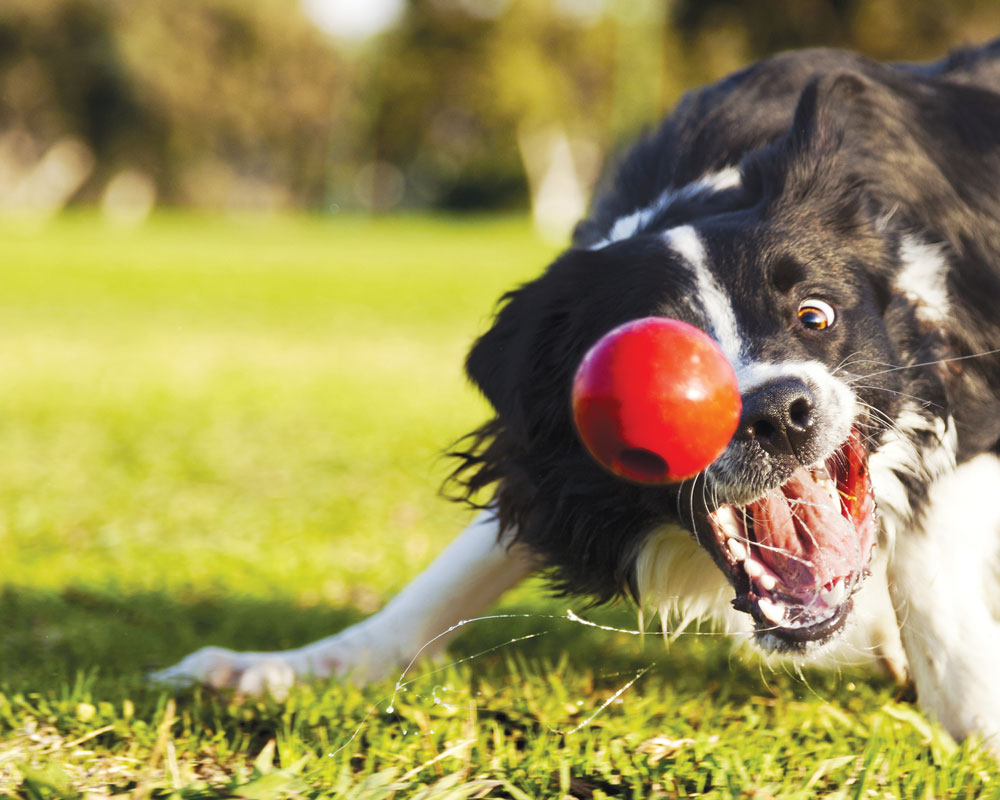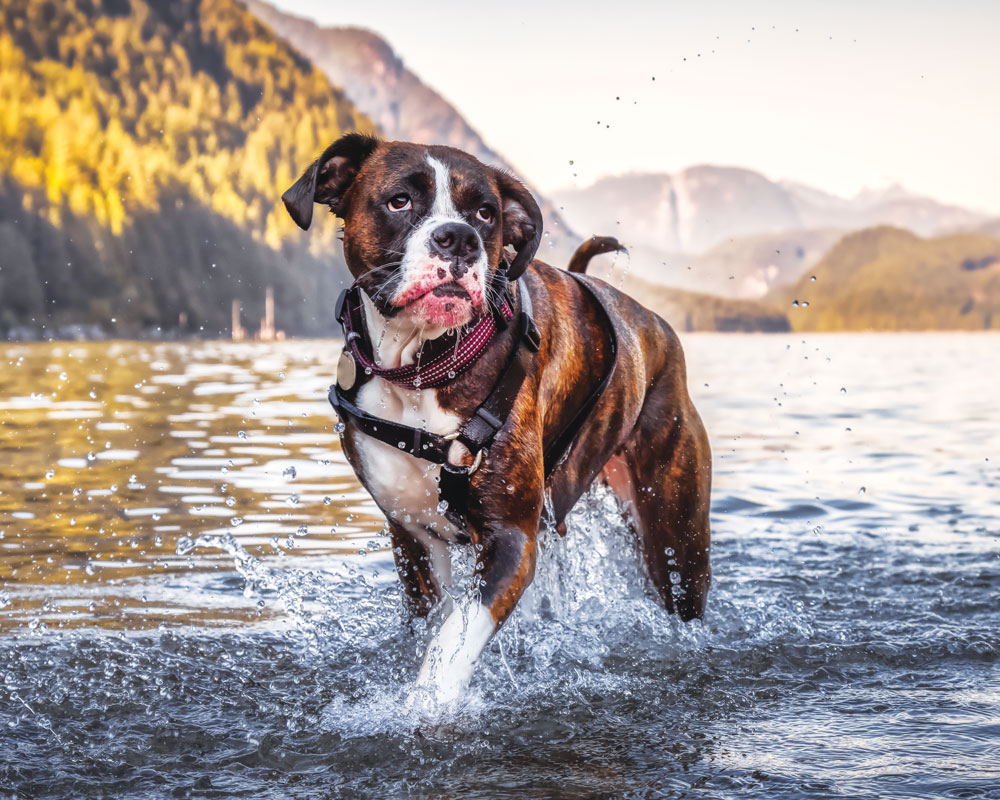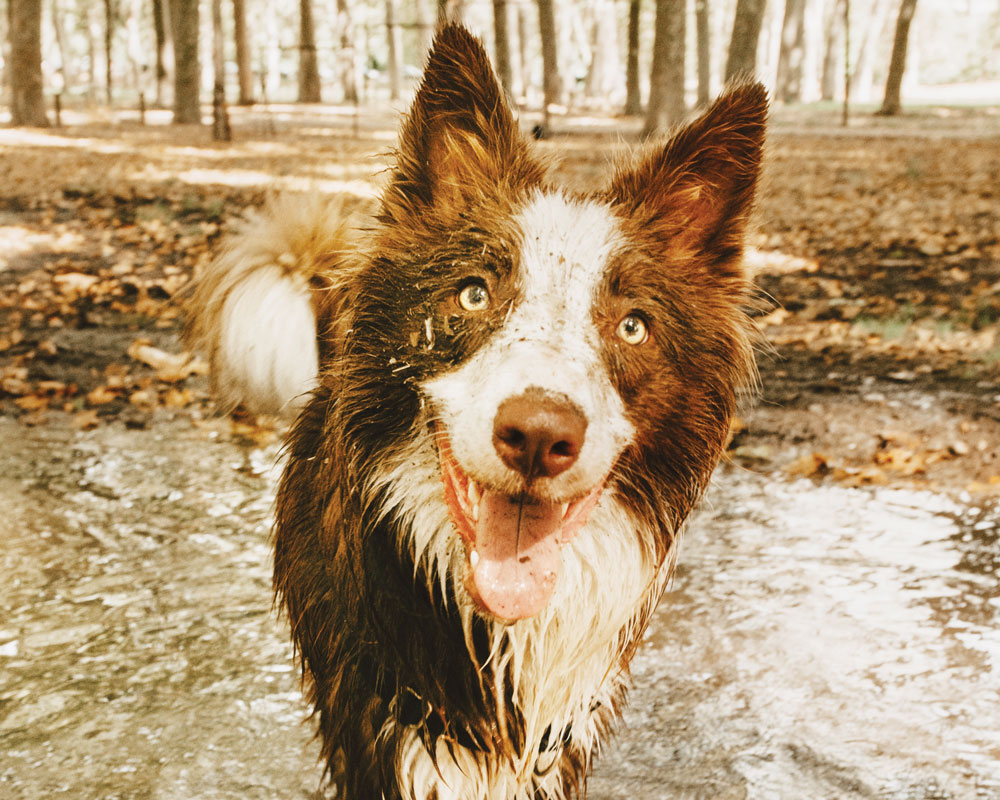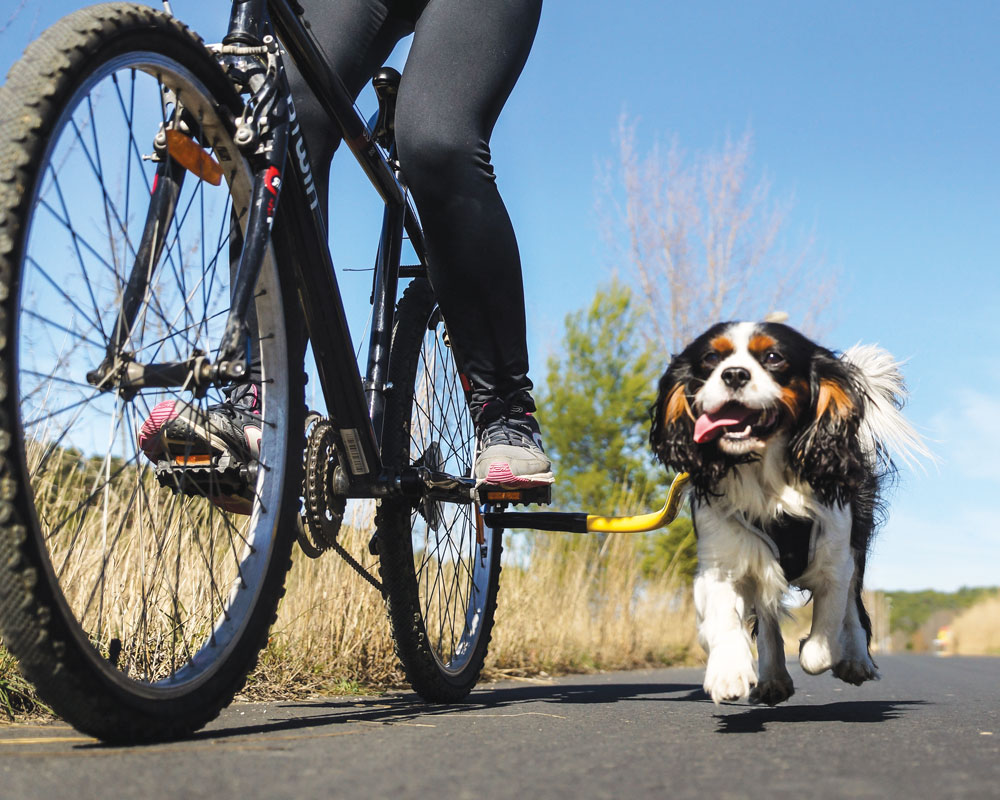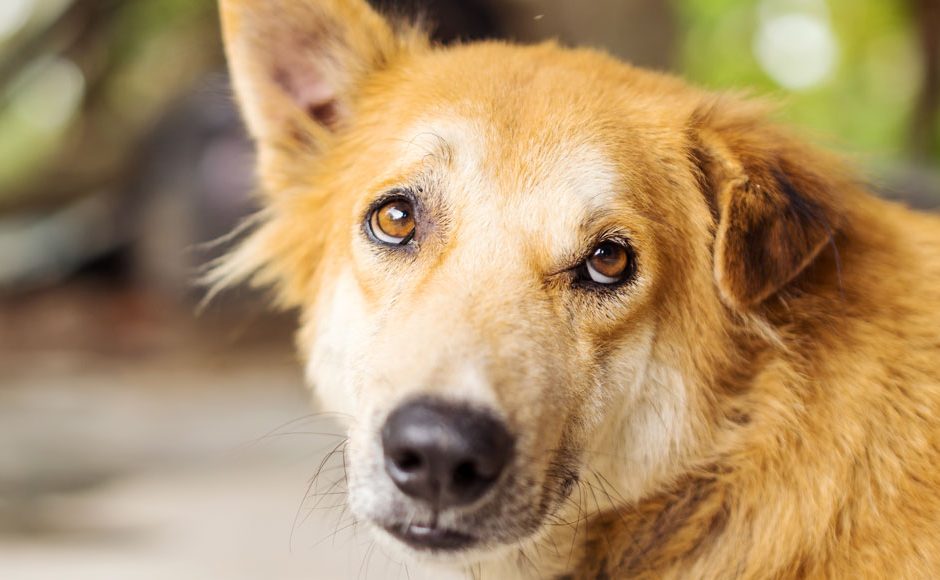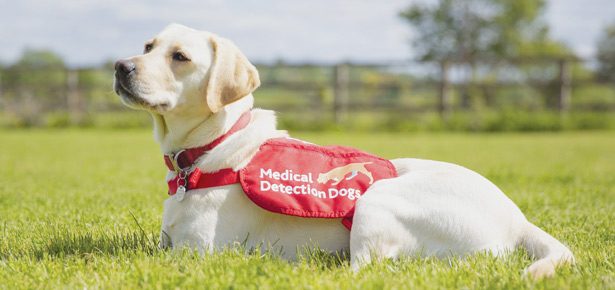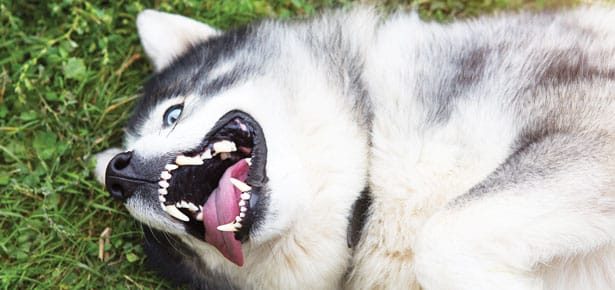

The Fix: How To Tire Out a High Energy Dog
Tips, tricks, and strategies for tiring out a dog with “way too much energy”
“My energetic dog is driving me crazy! How can I tire my dog out?” I often hear this from my clients when their young dogs hit adolescence. Your lovely puppy—the one who used to sleep through the night with a quick walk around the block twice in a day—has suddenly turned into an exercise-consuming monster! It can often feel like we just can’t tire our dogs out. If your couch cuddle buddy is racing around your living room like a Tasmanian Devil, here’s what to do:
Is your dog actually over-tired?
Before adding in another walk or trip to the dog run, it is important to take stock. Many dogs who seem to need a lot of exercise are in fact overtired, so before increasing exercise, make sure that your dog has sufficient time to rest each day and overnight. The easiest way to find out if rest is the real issue is to give your dog a nap for one to three hours in his crate or quiet space every day for two weeks to see if this makes a difference. The first few days may be rocky with this new regime; however, many people find that their previously energizer puppy becomes much more settled when he starts getting a daily nap.
What exercise is your dog actually getting? (a leashed walk = zero aerobic exercise)
Next, look at what you are already doing. Do you walk your dog on leash? This is effectively no aerobic exercise at all for most dogs. Participating in dog sports such as agility or disc dog can really help to increase your dog’s aerobic capacity and burn off some of the edge. Both sports will introduce you to activities such as fetch and tug as part of the game, and these activities are great for tiring out your dog a couple of days each week. (Note: If you use them as your only exercise, though, they can actually create a tug or fetch monster who demands the game when ever he or she is at loose ends, but playing vigorously every other day can often substitute for a real run a few times a week.)
……………………………………………………………………………………………………
Your New Morning Routine
- 10 minute down-stay while you prepare for your walk. Tether your dog before starting and feed treats.
- 30-minute walk at a brisk pace
- 5-minute training session (tricks, behaviours, tiny treats)
- 5 minutes of quiet time together once you return home
- Breakfast in a puzzle toy or slow feeder while you get ready to go to work.
……………………………………………………………………………………………………
Don’t reward jumping around
Excessive racing and running around is often not the same as excessive energy. Dogs can learn that racing and running around the house results in more fun things to do with you, leading to more racing and running around the house. Before any exercise, I recommend to my clients that they teach their dogs to do a ten-minute down stay. This does not mean that the dog must play statue for ten minutes; it means that you have tethered your dog to something solid and told him to lie down. As long as he is lying down, he gets treats, delivered one at a time by you. In between treats, you can take a few steps, whistle a tune, do a jumping jack or even clean the kitchen. I know my dogs are aching for their walks when they go lie on their mats and relax really deeply because they have never had vigorous exercise when they have been throwing themselves around the room. Dogs who gets exercised when they are already racing through the house will learn very quickly that barking, running, jumping the coffee table, and generally tearing up your life results in fun activities for dogs. If this sounds like your dog, you may want to exercise him a little to take the edge off, and then do a down stay before taking him out for his main fun exercise!
A dog who gets exercised when they are already racing through the house will learn very quickly that barking, running, jumping the coffee table, and generally tearing up your life results in fun activities for dogs.
Starting and finishing with quiet time is essential to avoiding the exercise monster! More than 90 percent of the dogs in my practice who are excessively energetic are operantly energetic—they have never learned to be quiet and calm unless they are physically exhausted. That is why rest plays such a crucial role in managing overly energetic dogs.
Also remember that what looks like excessive energy can actually be an attention issue in which the dog has not yet learned the ability/discipline needed to self-regulate. Enforced rest before and after exercise helps.
……………………………………………………………………………………………………
Check out 10 of the Most Energetic Dog Breeds, according to the AKC.
……………………………………………………………………………………………………
Strength training & stretching
Aerobic exercise is important, but too often we neglect activities such as strength training and stretching. Teaching dogs tricks such as sit pretty and high five help them to stay limber and that is an important part of exercise too. Other ways to get your dog to stretch include going around things (trees, fire hydrants, and traffic cones make excellent obstacles), high-stepping slowly over obstacles such as children’s playground equipment, and creeping and crawling under obstacles.
Photo elbud/shutterstock.com
Tire out your dog inside the house with these exercises:
Strength training can be achieved with core challenges such as sit/down/stand/stand-on-your-hindlegs/down/sit/stand reps. These changes of position can be easily achieved in your den, without ever leaving home. Once your dog can easily do twenty five reps, you are ready to decrease the number of reps and increase the difficulty by getting your dog to work with an unstable surface such as a Fit Paws or even an old couch cushion.
Another great strength training game is to teach your dog to do stairs. This is an incredibly energy consuming exercise. Ten minutes of up and down and the dogs are wiped. (Don’t use stairs that are slippery!) Here’s how it works: have your dog sit and wait at the bottom of a flight of stairs then let them take a treat off the bottom step. Call your dog back off the stairs to repeat, but this time put the treat on the second step. Keep increasing one step at a time until your dog starts to take the steps two or more at a time. At that point, go to the top of the stairs, and repeat the game going down the steps. Keep changing your starting point every time the dog stops climbing the stairs and starts bounding.
Photo Edgar Bullon/bigstock.com
Hit the water!
Perhaps my all-time favourite exercise for dogs combines aerobic, strength, and flexibility: swimming! Swimming is a wonderfully low impact, high output exercise for dogs. If you have a natural body of water, getting your dog into the water and helping them to learn to swim can really burn off the energy quickly and safely. Swimming leads to all sorts of fun with your canine friend. You can do dock diving (formally or informally; all you need is a dock and something for your dog to fetch), being pulled on a stand-up paddle board, throwing a floating toy from the shore, or just swimming together.
……………………………………………………………………………………………………
Photo smrm1977/bigstock.com
5 Tips For high-energy Dogs
- Swap the food bowl for a treat puzzle
- Try a flirt pole (Essentially a long pole with a long string attached and a lure, such as a dog toy, attached at the end)
- Teach Frisbee
- Make a date with another dog; trail hiking in the company of dog friends is the highest quality exercise you can give your dog!
……………………………………………………………………………………………………
Cycling With Your Dog
Cycling (and blading!) has the potential to tire a dog out quickly. When I cycle with dogs, I choose cool days where the pavement is not going to blister feet, and I stick to trotting. With cycling, safety (for you and your dog) needs to be the foremost concern. Be sure to work up to longer work outs to avoid injury. I start dogs with five minutes of trotting and one minute of walking X 4, three times a week and work up. Dogs are “blood doped” meaning that they have more red blood cells per unit of blood than we do. What this means is that dogs can do the weekend warrior thing quite easily, however, that does not prepare their muscles and joints for zero to full-out exercise.
Photo courtesy of Bike Tow Leash
{Editor’s Pick} The Bike Tow Leash bike-leash attachment allows you to safely cycle with your dog, giving you the ability to tire out even the most energetic canines in a short period of time. Installed in seconds, this attachment keeps your dog at a safe distance of 29 inches and prevents bike tipping, entrapment, tangling, and inadvertent release. With its low mounting point, Bike Tow Leash is stable even when large dogs lunge at, say, a squirrel. And it can be used with bikes, trikes, scooters, and wheelchairs with dogs weighing 10 to 185 pounds. ($146, biketowleash.com)
Join the newsletter and never miss out on dog content again!
"*" indicates required fields
By clicking the arrow, you agree to our web Terms of Use and Privacy & Cookie Policy. Easy unsubscribe links are provided in every email.
